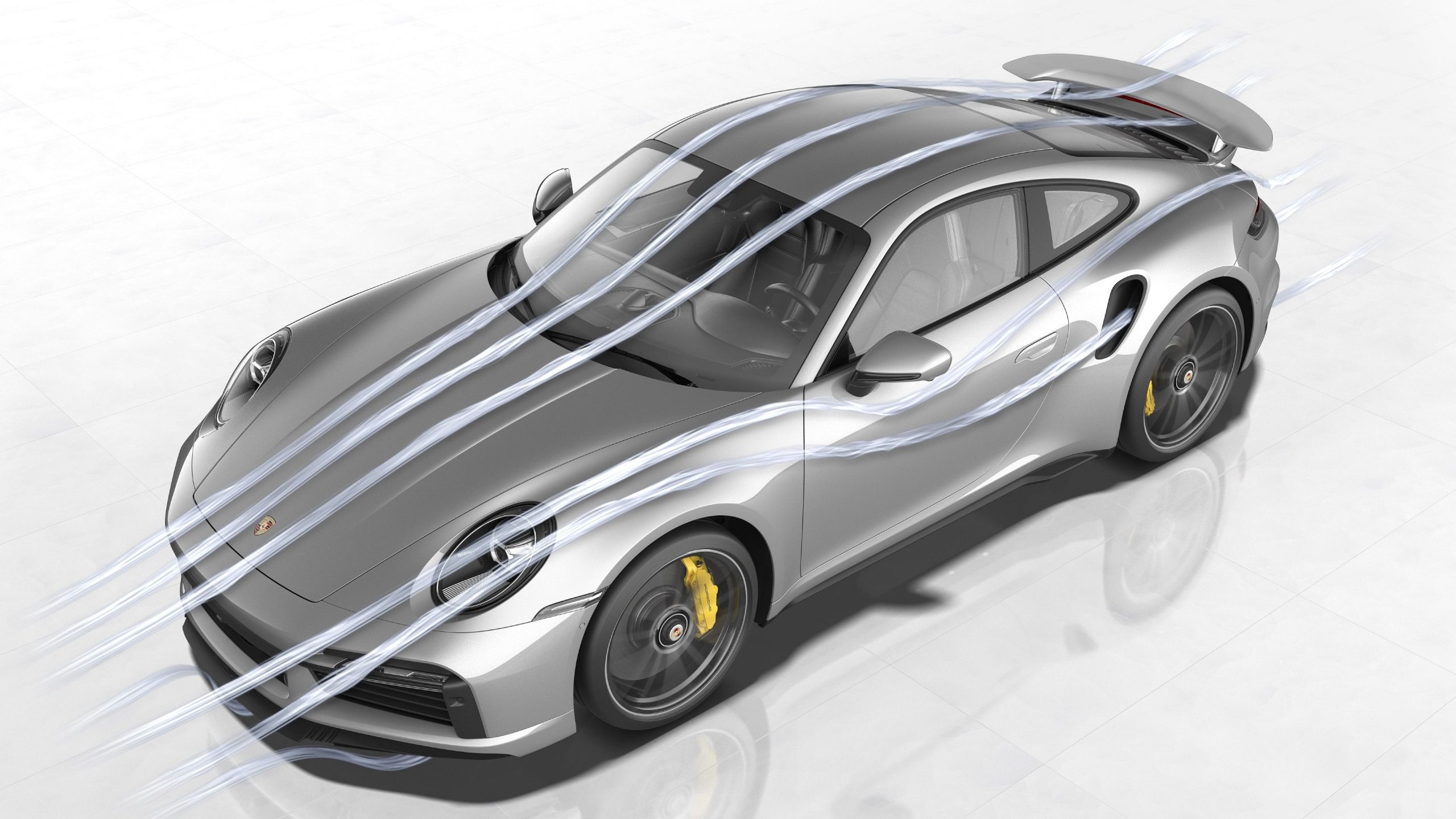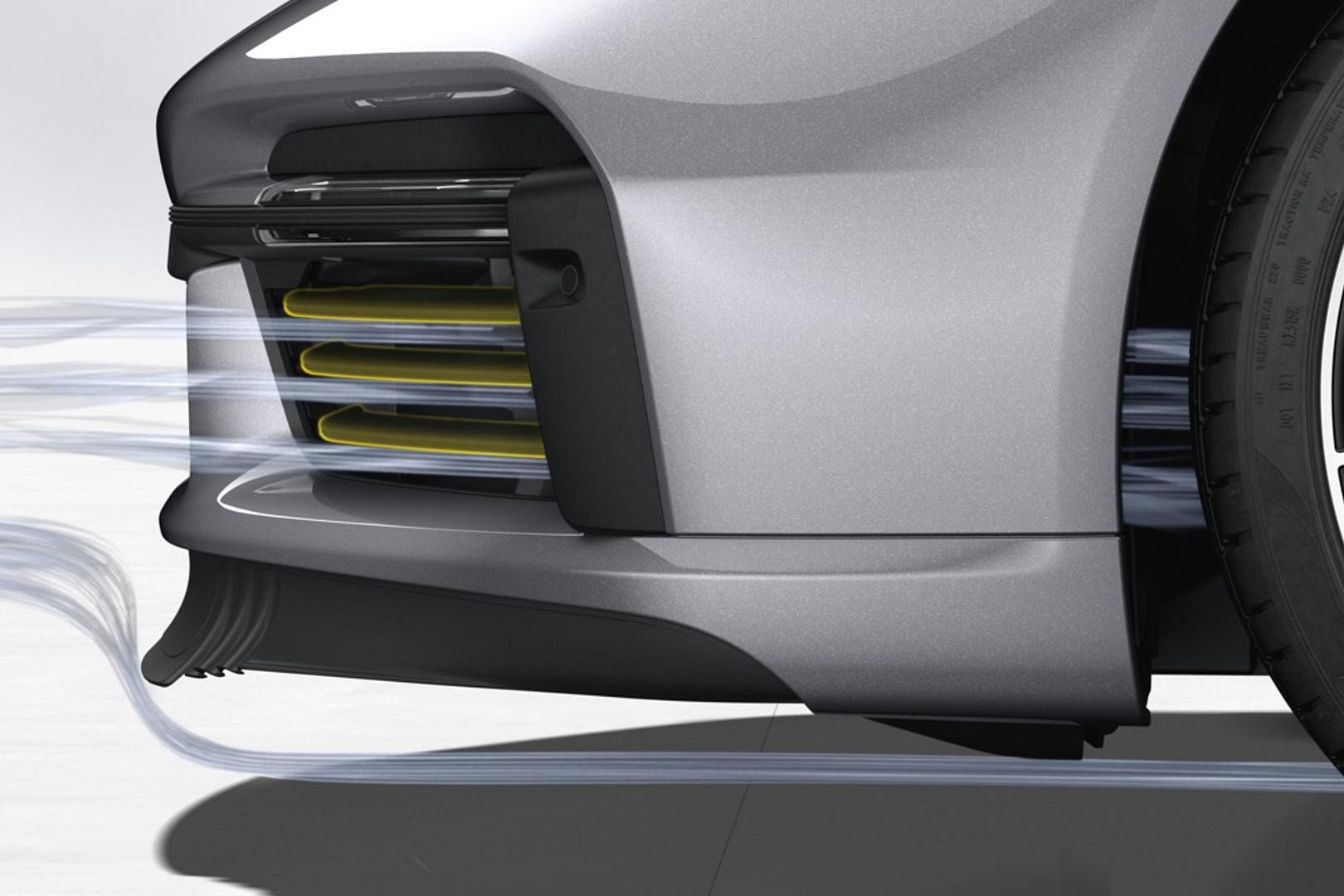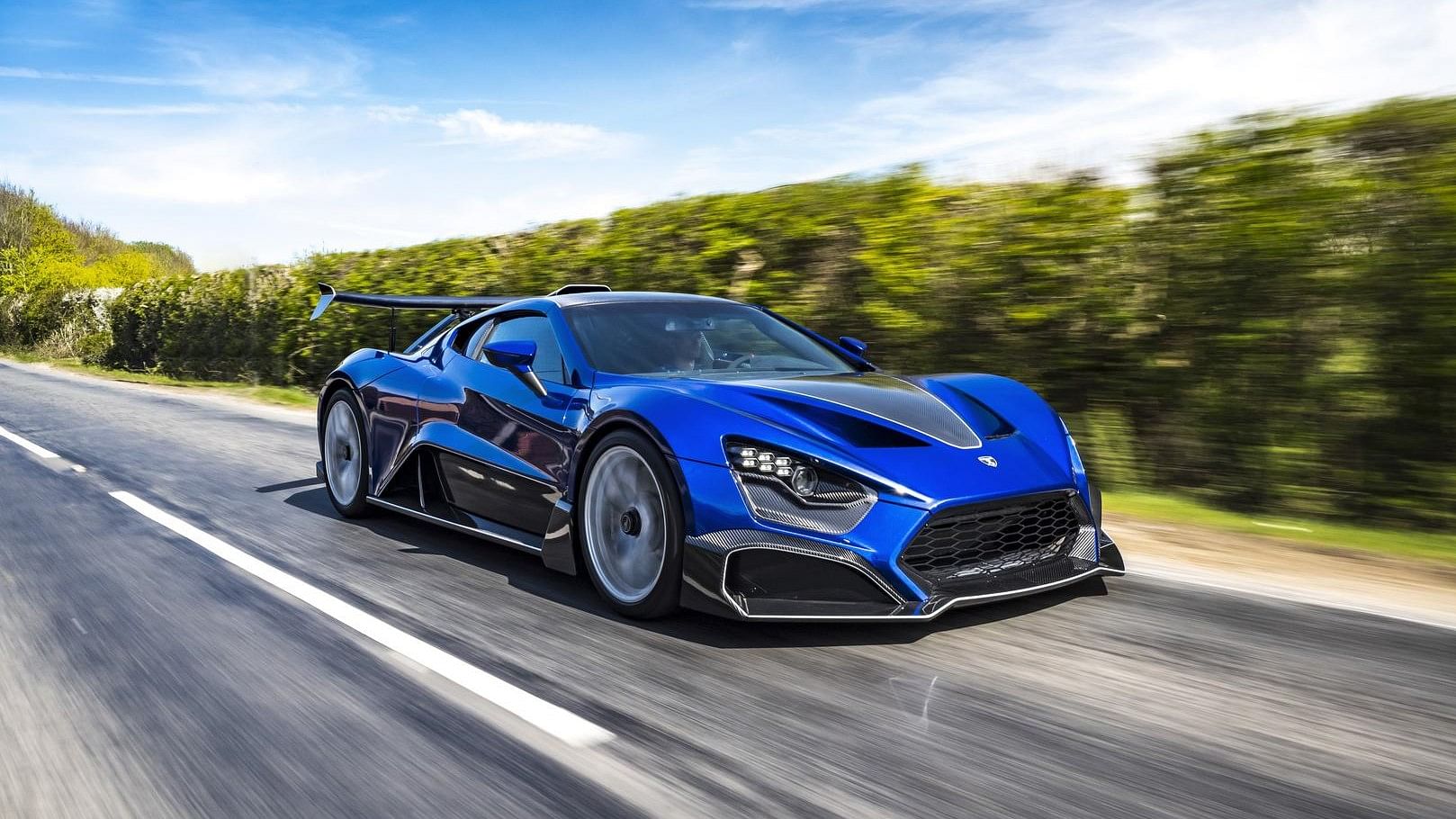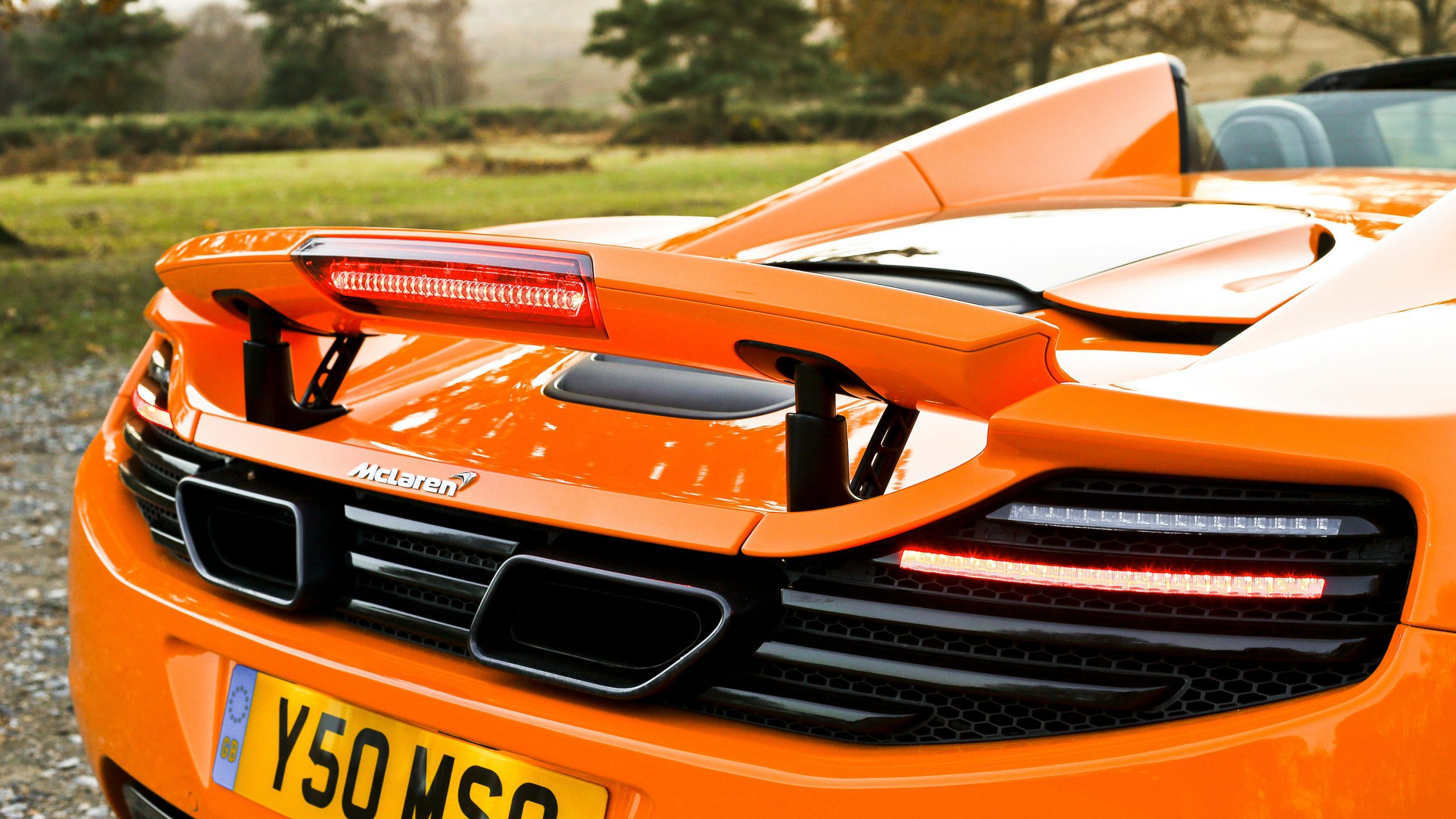
The constant experimentation on active aerodynamics is not a new thing for automotive esports. Back in 1920, automotive engineers thought of adding aerodynamic drag into vehicles for increasing the vehicle speed. A vehicle with active aero may integrate all those components which enable the car to resist wind speed while storming down the racing tracks or roads. Generally, this feature is found in the track-performance focussed sports cars.
Apart from reducing wind resistance, a car with active aero also plays a significant role in affecting fuel economy and vehicle performance too. However, some active aerodynamic components come with electronically adjustable options too, for optimizing the airflow depending on different driving conditions. Some of the modified cars and performance vehicles are equipped with rear spoilers for increasing the downforce on the rear wheels. It enables the rear wheels to remain attached to the ground by increasing maximum stability and grip.
Advantages and Disadvantages of Active Aerodynamic Components in Vehicles
By now, we believe the definition of aerodynamics must have been a bit easier for those who are hearing it for the first time. Aerodynamics deals with a set of motor parts that are designed exclusively for aiding the exterior parts of the vehicle, irrespective of its type. In sports and performance cars, active aerodynamics may cover the motor parts, stability, and improved braking performance in a car. That’s where the role of active aero comes to play. In certain high-performance cars, the downforce of the car must be increased, so that it gets a better hold on the road or track on which it’s running. If it is a performance car and it is running on a track, the vehicle will be able to tear down the track only when it has got better stability, reliable braking and produce maximum downforce.

All of these mechanisms come under an active aero system of a car, which varies from one vehicle to another. There are certain advantages of having active aero in a car which are mentioned below-
Cools off the engine and electrical components quickly– Active front grilles are one of the most pivotal components which are equipped in some performance cars with an engine that has a tendency to overheat quickly. The grilles respond immediately whenever the car engine or other electric motor or battery is heated up. The active front grilles contain motorized fins or vanes that can either open or close easily. This active aero component usually remains enclosed when the car’s engine or the electrical components require minimal cooling and opens up when they’re overheated.

Maximum downward force for better grip– When a performance car is at its high speed, there are chances for the wheels to lose stability and balance especially by losing their grip. That’s why active front splitters are provided to push the wheels into the tarmac and ensure maximum grip on the road or track. This active aero component is added to the car’s lower front bumper which is connected to a series of actuators enabling the car to get maximum downward force.
Although active aerodynamics are common in performance cars and most superfast hypercars, however like every technology they have certain limitations too.
The disadvantage of active aerodynamics– One of the major disadvantages of active aerodynamics is, they’re heavy. By adding an active aerodynamic feature in supercars, the overall curb weight of the vehicle can increase by compromising its speed focussed performance while storming on track. Secondly, adding active aero in a vehicle is a costly affair. It is used only in hypercars like Koenigsegg, Buggati, etc. which are available in limited versions. As a result of which, not every owner can afford it and think of running these superfast storms exclusively built for track focussed performances only.
How Does Active Aero Mechanism Work in Cars?
Before moving into the discussion of automotive aerodynamics in detail, it’s important to understand the basic mechanism of active aerodynamics in cars. This mechanism is based on two things- downforce and drag. Automotive engineers consider these factors before making any calculations to add these features to the vehicles. The downforce refers to the area of low pressure for keeping the vehicle on the ground and for improving the car handling and braking response in the car at high speed.
Whereas, the drag factor is much more focussed on identifying the required amount of force needed for maintaining a specific speed in the car. The active aerodynamics in a vehicle works on these two principles. This mechanism was introduced in some of the earlier cars from the 1980s including the 1986 Porsche 959, the 1988 Volkswagen Corrado, and the 1991 Mitsubishi 3000GT VR-4.
Popular types of Active aerodynamics used in Different cars
Active aerodynamic parts are used in cars for enhancing the stationary aerodynamic components provided in the vehicle. Say for e.g. in Porshce 911 Turbo, the rear spoiler, and the air dam synchronize with one another to expand and retract upon reaching certain speeds. While the vehicle is at its low speed, the synchronous activity of the spoiler and air dam expands and retracts upon reaching a specific speed limit. Their dual synchronization ensures adequate downforce and stability for the moving car. The expansion of the rear spoiler and the air dam at higher speeds minimizes the drag coefficient by increasing maximum stability, be it on track or on road.

Quite similarly, the front vertical flaps and rear diffusers in the Ferrari 458 Speciale stalled upon the rear diffuser rises to increase the extraction capacity under the car. Whereas, the front vertical flaps open to generate downforce balance created by the rear flaps.
Few Coolest Cars with Active Aerodynamics System
Over the years, various automotive brands have been experimenting with various types of active aerodynamic components. They have equipped their vehicles with different types of active aero parts. Some of those coolest cars with unique active aero features have been shared below-
Gordon Murray T50’s extractor fan–The Gordon Murray T50 is the actual successor of the McLaren F1 that has got an industry-grade has got 400mm rear-mounted extractor fan at its rear back to extract air rapidly from the car’s beneath to increase the downforce and grip.

Tilting rear wing of Zenvo TSR-S– The Zenvo TSR-S is probably one of the fastest supercars on the planet. A cool-looking rear wing has been provided to the vehicle as a part of its active aero component for pushing the car to the ground while the vehicle is at high speed. The rear wing provided to the vehicle can rotate up to 2 degrees with maximum freedom.

Pagani Huayra– Pagani Huayra has a set of four flaps that are connected to the ABS and the ECU of the car for passing information about the car’s speed, yaw rate, lateral acceleration, and steering angle of the car. This particular active aero enables the hypercar to maintain the car’s stability and balance at high speeds.

McLaren MP12-C-The DRS system provided to the McLaren MP12-C ensures huge downward pressure on the back of the car to counteract the car’s weight for shifting forward onto the front wheels as the car slows down. This particular active aero keeps the car’s balance under control while hard braking. The aerofoil provided to the McLaren MP12-C can tilt literally up to 90 degrees to aid harsh braking.

Aston Martin DB11– Aston Martin DB11 has got some of the best active aero technology installed in it. The vehicle’s active aerodynamics enable the car to capture air through a duct stalled near the rear window. The active aero has an extensive Aero Blade rear spoiler for channeling air from the C-pillars provided with it.

Lamborghini Huracan Performante– The Huracan Performante has got an Aerodinamica Lamborghini Attiva (ALA) system which is capable of carrying the aero load for high and low downforce to maintain a sufficient grip on the road. The rear spoilers at the front and the rear end can be electronically controlled.








